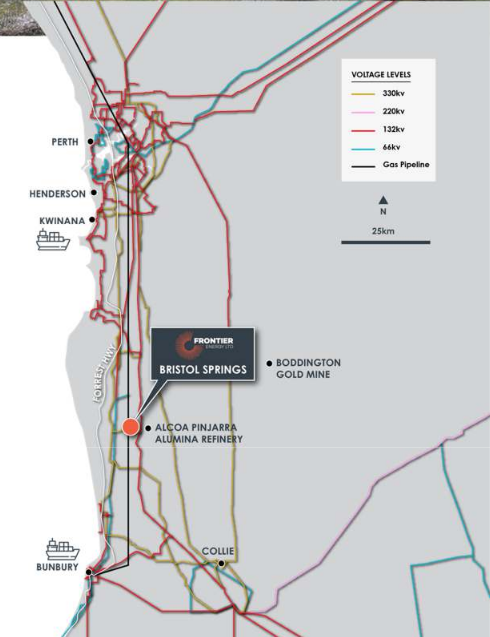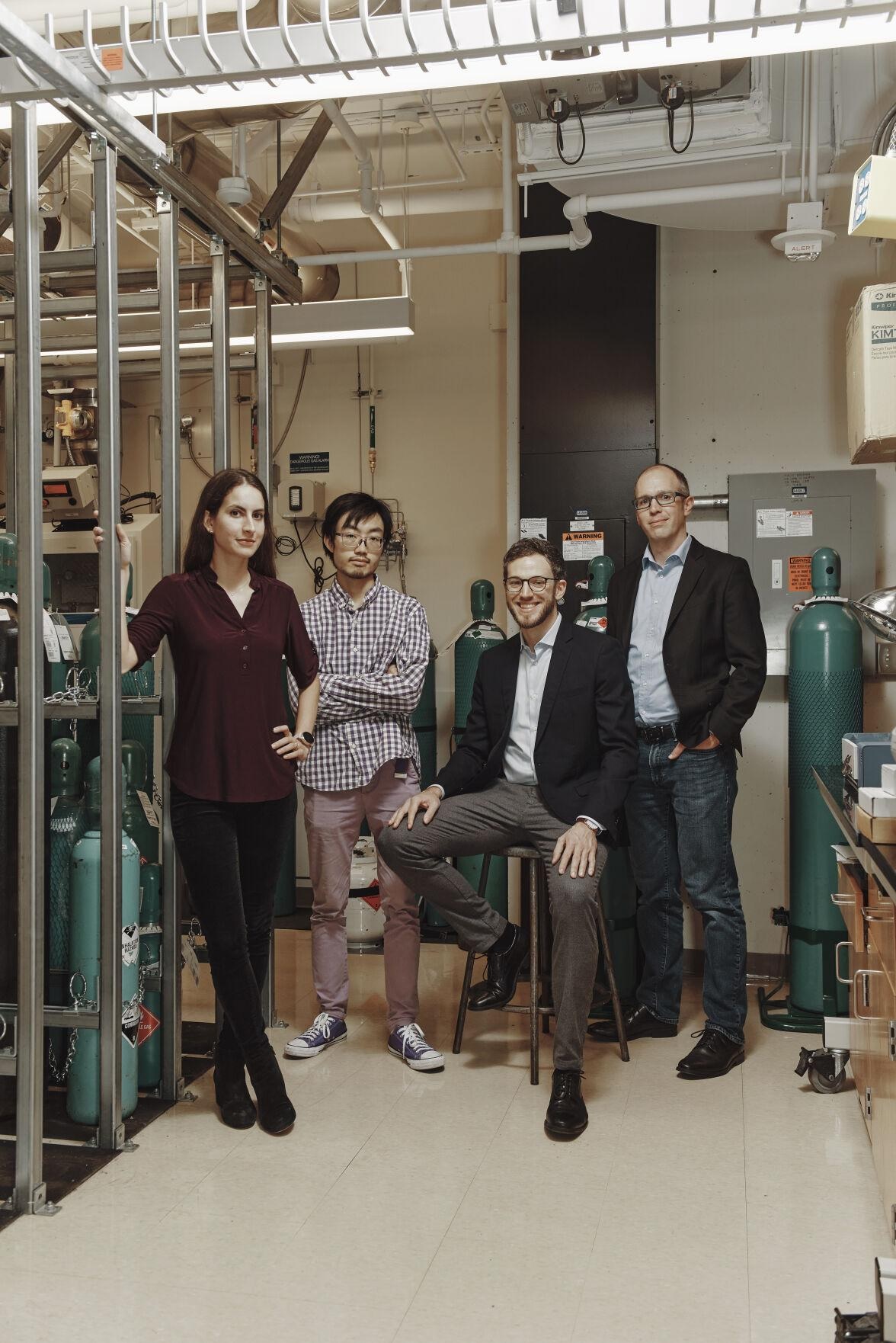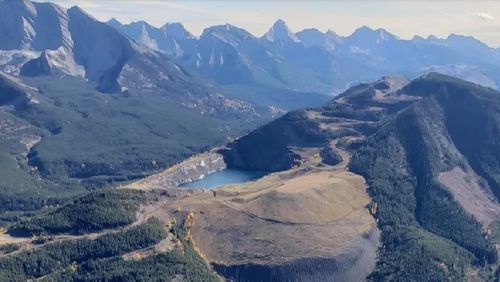Baker Botts has brought on Mona Dajani as a partner in its New York office.
She will become global co-chair of energy infrastructure and hydrogen and co-chair of the firm’s energy sector, according to a news release.
Dajani joined Shearman & Sterling in February of this year, following four years at Pillsbury.
Her global practice has involved representation of some of the largest blue-chip clients worldwide, according to the release. In her over 20 years of practice, she has led numerous energy, sustainability, and infrastructure deals, including on complex mergers and acquisitions/dispositions, project development, financings, joint ventures, restructuring, tax equity and tax credit financings involving energy and related infrastructure facilities in the U.S. and around the world.
The transactions she has led involve solar, wind, hydrogen, hydroelectric and geothermal, as well as ammonia, mobility, various energy deals with data centers, electric vehicles, carbon capture and sequestration, renewable natural gas, biofuels, net-zero technology and other energy transition projects.







